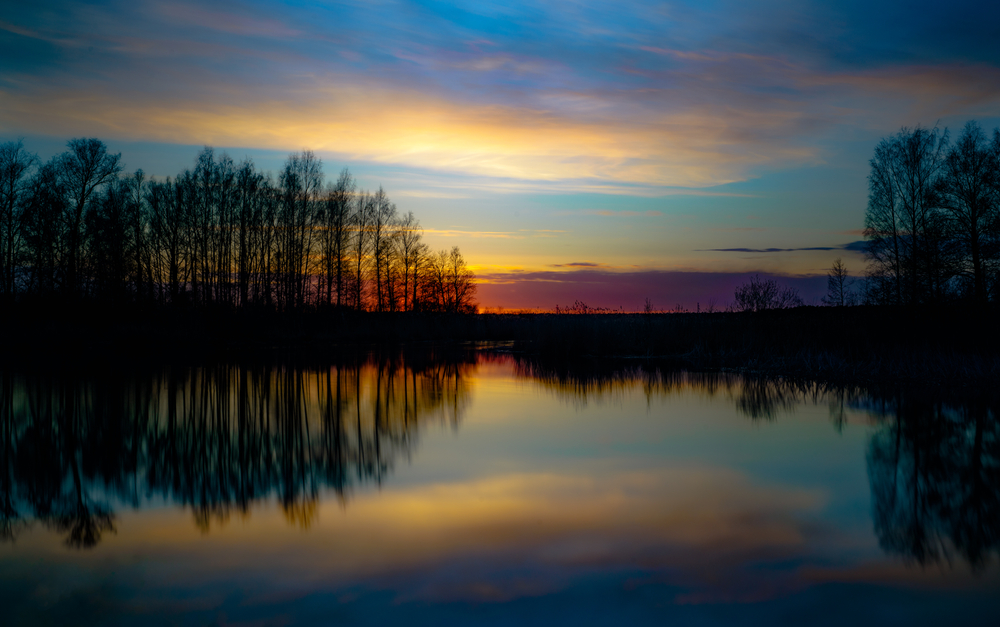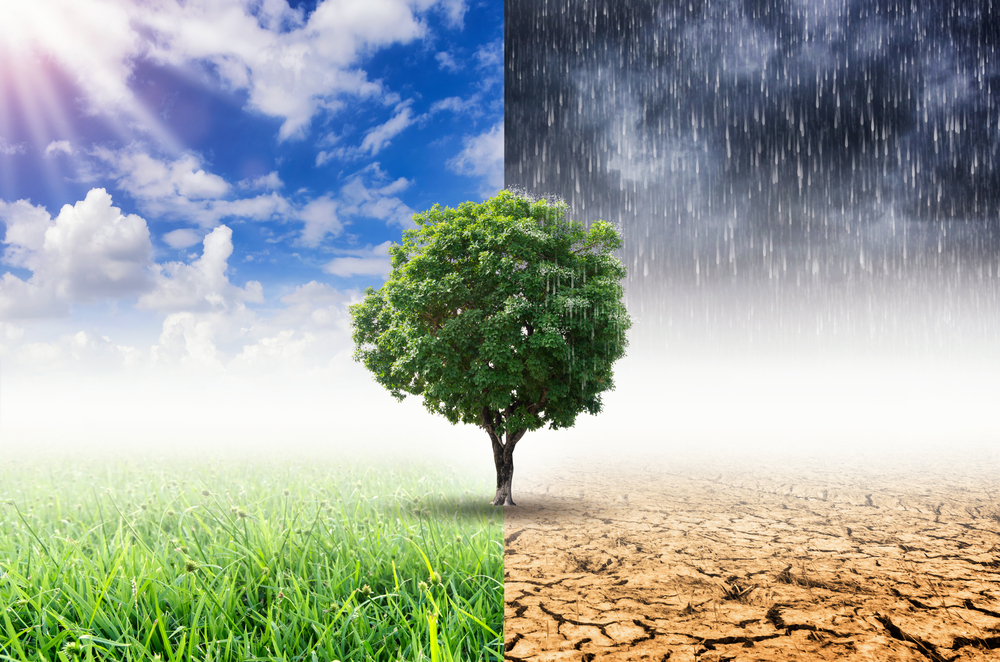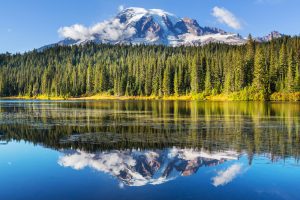Most of us have been a tourist at some point in our lives.
Whether our trips have involved finding our way through the corridors of the Louvre, thru-hiking the Appalachian Trail, enjoying a sunset cruise by the Taj Mahal, riding camels around the ancient pyramids, or waterfall jumping in Bali, we know that travel and tourism provide newness, as well as the perfect escape from the stresses and monotony of everyday life.
But, although we share the same desire to experience newness by visiting foreign places, we’re all drawn to different things.
For example, while one person may be attracted to a certain locale for its world-renowned food scene, another might be drawn to that place for its warmer climate.
So, what is it that attracts tourists? There’s no one-size-fits-all answer, but the short answer is this:
People’s expectations when visiting a destination are related to many different features of that place, including architecture, culture, gastronomy, events, landscape, shopping, weather/climate, and wildlife.
It’s important to note that people might be motivated by one or more of these factors when visiting a certain place, but, of course, it greatly varies from person to person.
Here, we’ll go in-depth into each of these factors and learn more about the motivation behind people’s travels.
Table of Contents
Architecture

Architecture and tourism have been closely intertwined since time immemorial.
When tourists see temples built in honor of ancient gods, stadiums constructed to showcase the best athletic talent around, grand theaters committed to providing exceptional live entertainment, or other monumental public buildings that attract large numbers of people, they get a glimpse into the history and culture of that region.
Sudden interests in cultural heritage and ancient history have led to a recent spike in a phenomenon known as “heritage tourism.”
Because architecture gives tourists a firsthand look into a region’s culture and past, it plays a significant role in heritage tourism – as well as other types of tourism.
Culture
Another popular type of tourism is cultural tourism.
According to the United Nations World Tourism Organization (UNWTO), cultural tourism is “movements of persons for essentially cultural motivations such as study tours, performing arts and cultural tours, travel to festivals and other cultural events, visits to sites and monuments, travel to study nature, folklore or art, and pilgrimages.”
When travelers visit a new place, they want authenticity. Each destination has its own unique attributes, including its traditions, history, arts, and culture, that set it apart from other places.
It’s exactly these things that tourists want to learn about and experience.
Gastronomy

When most people hear the word “gastronomy,” they only think of food. However, gastronomy is so much more than that.
Gastronomy gives tourists an insider’s look into the heritage, culture, and traditions of different regions.
It also fosters understanding among different cultures and brings people closer together.
Gastronomic tourism is quickly emerging as an essential part of cultural preservation, and thanks to initiatives like the UNWTO Ambassadors for Gastronomy Tourism, people are using food and other means of cultural expression to unite all sorts of people.
Events
If you’ve never heard the term “event tourism” before, you’re not the only one.
As the term suggests, event tourism is, in the words of Graphic Online, the “propensity of travel to attend events, both on the part of dedicated event tourists who are motivated to travel for specific events and other tourists who attend events while away from home.”
Not only do events expose visitors to the local culture and ways of life, but they also contribute to urban renewal and serve as a catalyst for improvements in the region’s infrastructure and tourism economy.
These developments enhance the destination’s overall image, bringing in even more tourists and creating a perpetual cycle.
Landscape

Landscapes, which entice tourists’ dreams and fantasies about certain places, are an essential part of tourism.
Landscapes are a key element of the development, consumption, and marketing/promotion of tourist destinations, and, as a result, it sustains tourism markets.
The intertwined relationship between landscape and tourism simply can’t be ignored.
When people visit a new place, they want to see sites that are entirely different from what they’re accustomed to, and landscape scenery provides the perfect opportunity for that.
Landscape tours can range from admiring the 20,310-feet-high Mount McKinley from the ground to cruising past Halong Bay’s monsoon-eroded islands to viewing Luberon Regional Nature Park’s acres of blooming lavender plants.
Shopping
Shopping is becoming increasingly central to tourism. In fact, it’s now one of the biggest determinant factors when choosing a destination.
While for some tourists it’s a huge component of their overall experience, for others, it’s their main travel motivation.
As a result, destinations have an enormous opportunity to take advantage of this new and growing trend by creating unique, authentic shopping experiences.
More important is the fact that shopping makes up a huge chunk of tourists’ total expenditure and serves as a major source of income for both local, regional, and national economies.
Weather and Climate

Fewer things draw people to tourist destinations than weather and climate.
Take Bali, for example. Besides its magical temples and stunning beaches, this Indonesian province boasts a balmy tropical climate year-round.
Its weather is hot throughout the year, making Bali one of the most popular destinations for beach-loving tourists and digital nomads from all over the world.
Those with an affinity for colder weather, by the same token, flock to places like Prague, Oslo, and Ottawa, to satisfy their desire for snow and winter sports and other winter-related activities.
Wildlife
A report by Brand USA says that two of the biggest five motivators for selecting a tourist destination are nature and ecotourism.
Visitors are looking for experiences that show the true essence of their destinations. Simply put, they want to visit places with preserved natural environments and thriving wildlife.
We’ve all heard about ways in which irresponsible tourism has led to the damage and destruction of land environments, which, of course, has had an immense impact on the wellbeing of their native wildlife.
Although one can’t deny the negative impact that humans have had on wildlife, we also need to recognize the important role that well-managed and sustainable tourism has played in helping conservation efforts and preserving our treasured ecosystems.
Frequently Asked Questions

What are the three most popular travel destinations in the world?
According to Trip Advisor, the three most popular travel destinations in the world are Dubai, London, and Cancún.
Dubai is an ultramodern city that has the best of everything: world-class dining, glittering beaches, and luxurious hotels.
London, as one of the world’s greatest cosmopolitan cities, boasts an impressive selection of shops, restaurants, and museums.
It’s also well-known for its colorful history related to the arts, politics, science, architecture, and royalty.
With its stunning turquoise blue sea and white sandy beaches, Cancún is a haven for beachgoers from all over the globe.
Tourists can also enjoy this Mexican city’s active nightlife scene and rich culture and history, especially at the Maya Museum of Cancún.
Do you need to be wealthy to travel?
You don’t need to be rich to travel. There’s a myriad of ways to travel on a budget (and even for free) – you just have to get creative.
Although trekking the globe without money might sound like an impossible feat, it’s certainly possible.
From getting a job overseas to WWOOFing and farm work to finding free accommodation, there are endless possibilities when it comes to traveling with little to no money.
How can I travel in the midst of the COVID-19 pandemic?
Each place has different rules and regulations when it comes to traveling and going out during the COVID-19 pandemic.
Besides following your destination’s regulations, you should practice common-sense safety measures, such as maintaining a distance of at least six feet from others, avoiding contact with anyone who’s sick, limiting contact with frequently touched surfaces (e.g., kiosks and elevator buttons), wearing a face mask when indoors, cleaning your hands often, and avoiding touching your nose, eyes, and mouth.

















